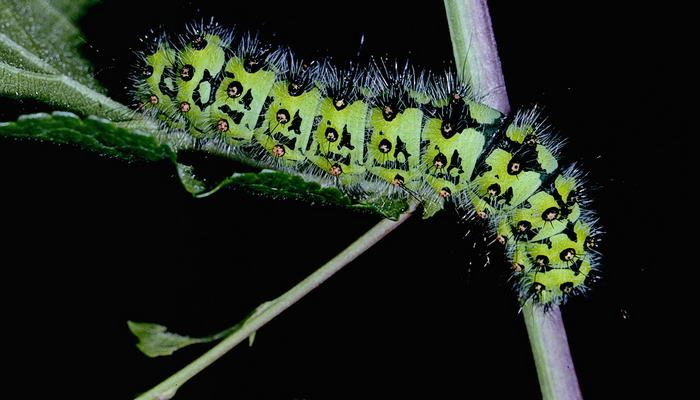In the vast world of insects, there are plenty of strange and intriguing specimens that spark our curiosity. The study of insects, also known as entomology, reveals a fascinating array of flying insects and crawlers, many of which exhibit unique features and characteristics. In this article, we will delve into the realm of the 10 most unusual insects from around the globe. So, buckle up and prepare to be amazed by these extraordinary creatures and their distinctive attributes.
10 – The Brazilian Treehopper
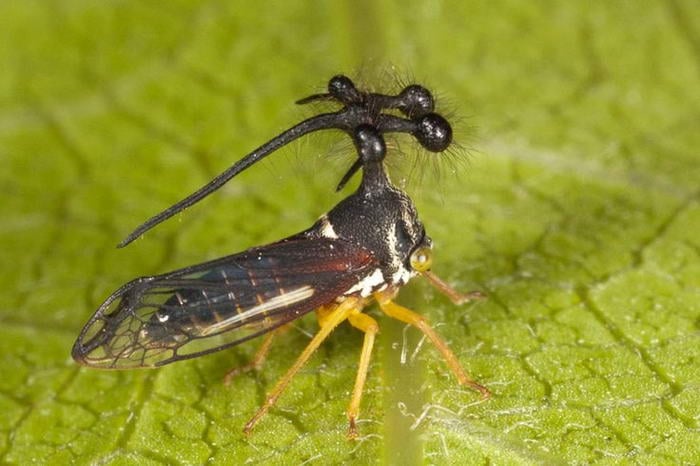
This is definitely one of the strangest creatures in the world. Its look gives you the chills, especially when you analyse that bizarre ornamentation on their thorax. This fascinating insect lives a very solitary life. Scientists still haven’t found out what’s the point of those weird structures they present on the back, but they suppose it might be a sort of defence mechanism.
09 – Dasychira Pudibunda Caterpillar
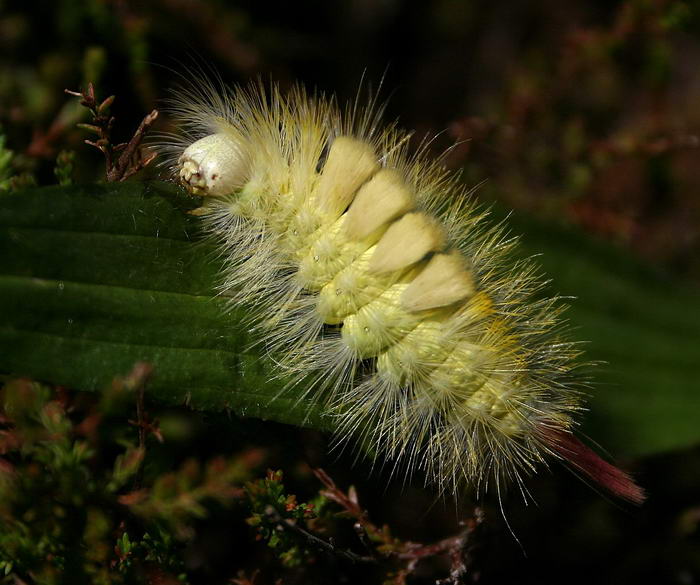
08 – Pipevine Swallowtail Caterpillar
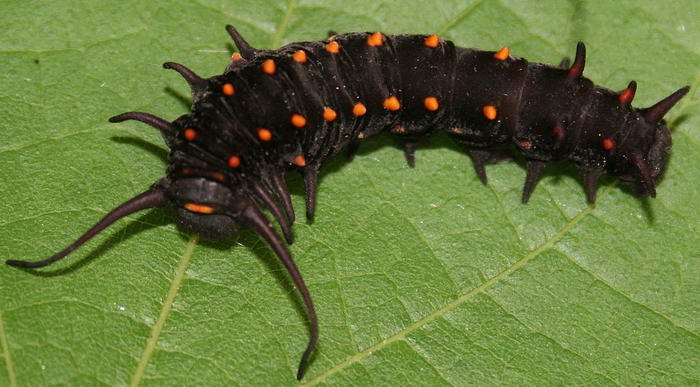
07 – Spiny Flower Mantis
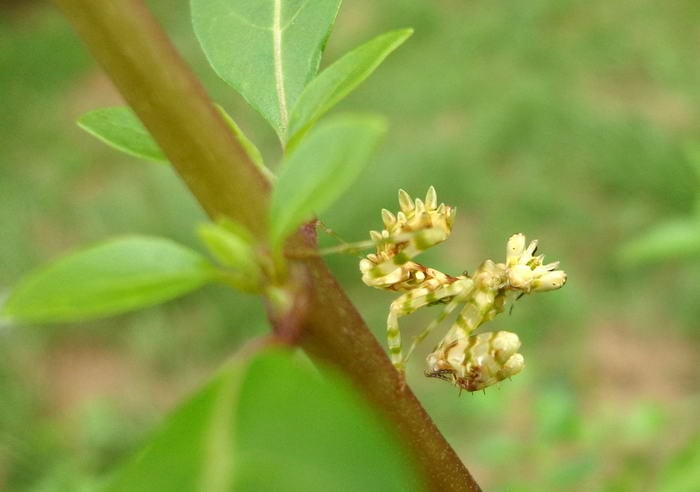
06 – Calleta Silkmoth Caterpillar
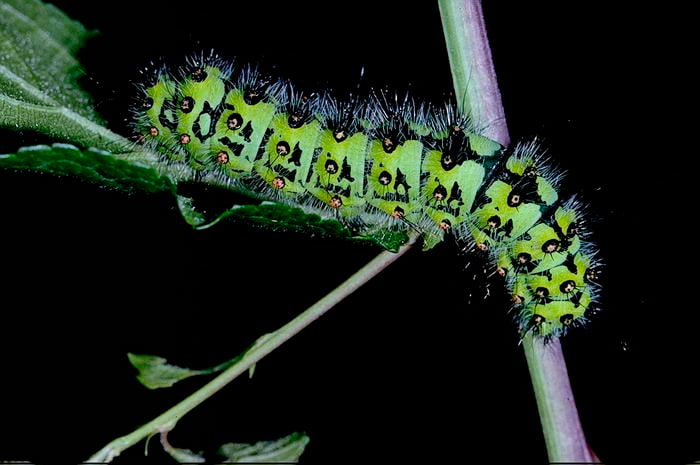
05 – Little Barrier Island giant weta
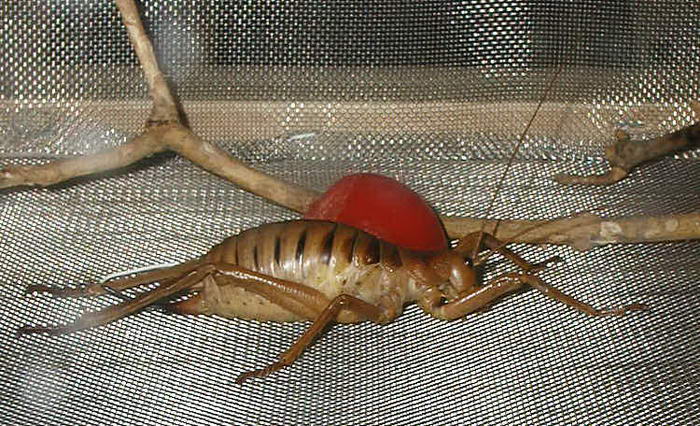
The giant weta native to the Little Barrier Island of New Zealand is the heaviest and largest adult insect in the world, the record weight for one being of 71 grams or 2.5 oz and more than 8.5 centimeters or 3.4 inches in length. A relative of the grasshopper and of the common house cricket, the giant weta is nowadays a very vulnerable species.
04 – Southern Giant Darner
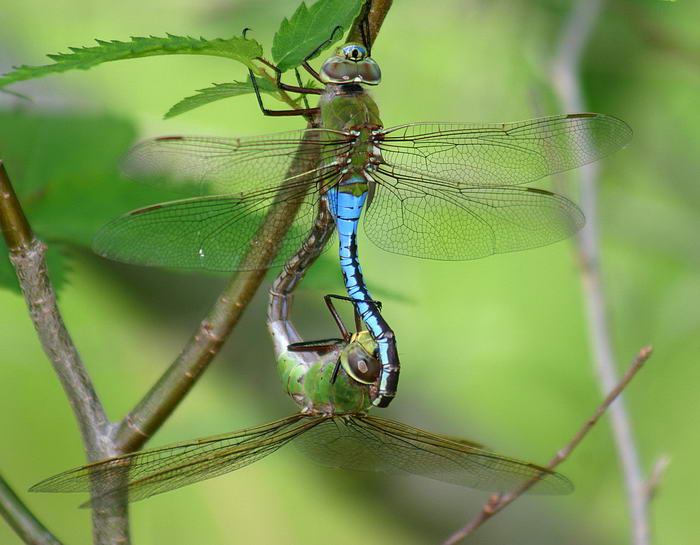
This species of dragonfly is the fastest insect in the world in terms of flight speed. Nevertheless, there are many who believe that the title of fastest insect remains disputed among dragonflies, hawk moths, and horseflies.
03 – The Hummingbird Moth

02 – Giant Stick Insect
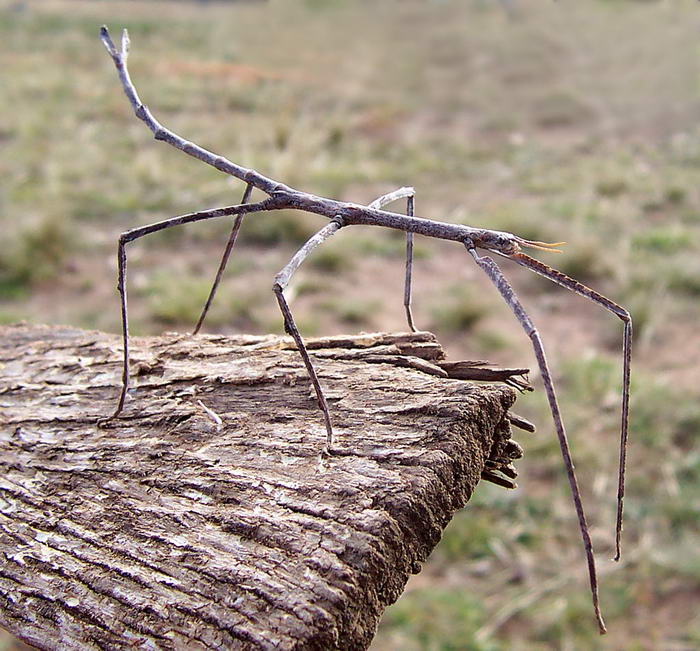
One of the weirdest insects you can ever see is the giant stick insect. There are over 3000 species of stick insects found, and some of them even have wings and fly. They are long and quite heavy and they have really small wings, so it’s really weird that they can fly.
01 – Thorn Bug
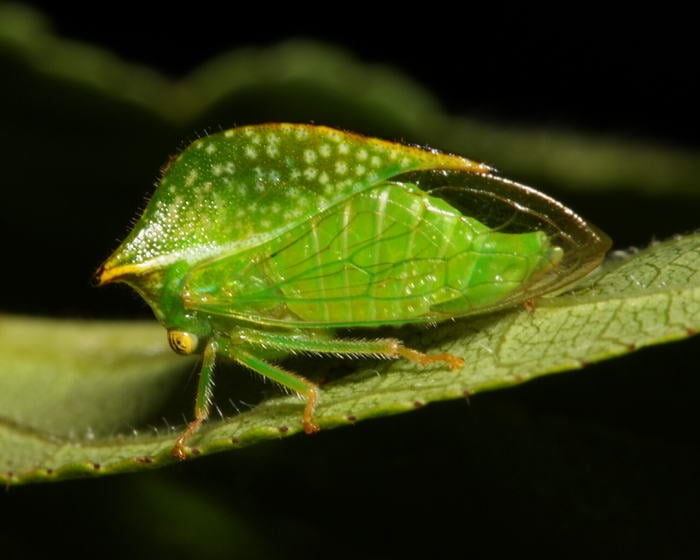
In conclusion, the insect kingdom is brimming with remarkable diversity and astonishing adaptations that continue to captivate scientists and enthusiasts alike. From bioluminescent beetles to giant walking sticks, these unusual insects showcase the wonders of evolution and the incredible resilience of life on Earth. As we expand our understanding of these fascinating creatures, we contribute to the preservation of biodiversity and the overall health of our planet. So, the next time you encounter an insect, take a moment to appreciate its unique features and the role it plays in our world.
FAQs About Most Interesting Insects
Q: Why is the study of insects important?
A: Studying insects helps us understand biodiversity, ecosystem functioning, and the impact of environmental changes on insect populations.
Q: How many insect species are there in the world?
A: There are approximately 5.5 million insect species, although only about 1 million have been formally described by scientists.
Q: Can flying insects be dangerous to humans?
A: Some flying insects, like mosquitoes and certain types of flies, can transmit diseases to humans. However, most insects are harmless.
Q: What are some ways to control insect populations without using insecticides?
A: Integrated pest management, natural predators, and pheromone traps are some alternatives to using insecticides for controlling insect populations.
Q: How can I learn more about unusual insects and their habitats?
A: You can explore books, articles, documentaries, and online resources on entomology to learn more about these fascinating creatures.


